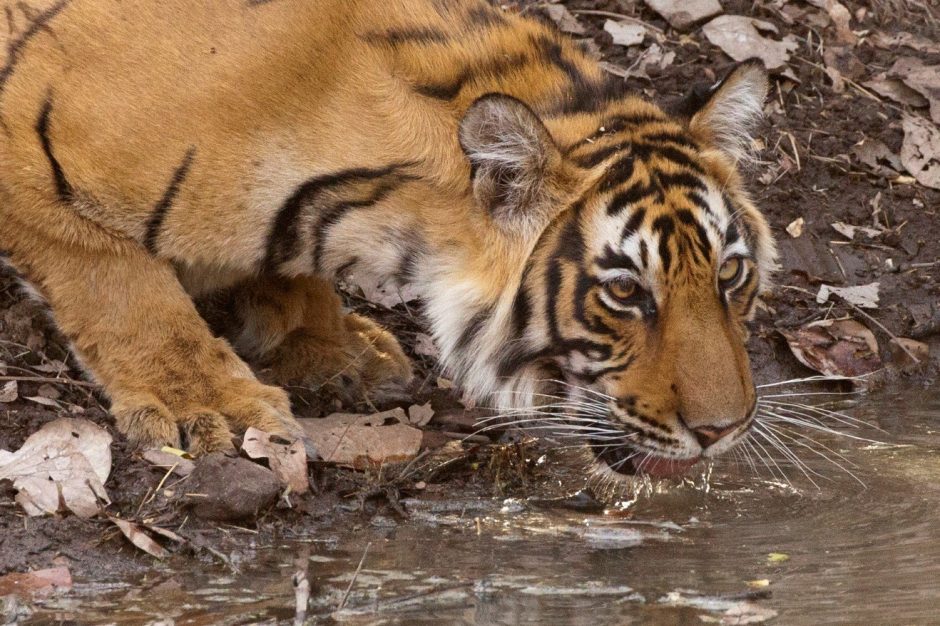
What’s in the Camera Bag? India Tiger Photo Safari
There might be nothing quite as majestic, alluring, and photogenic as the mighty tiger. Being the largest cat in the world earns it a renowned reputation, but they are notoriously difficult to spot, often shrouded by brush, and just plain elusive in general. Thus, you’ll want to be ready when presented with this incredible opportunity to get the perfect photo. Follow the tips here to make sure you have what you need when going on a tiger photo safari!
Please note, photographic styles vary, as do conditions on the ground. While this is meant to be a guide for choosing your camera gear, you should consider your own photographic interests first and foremost.

Ultra wide angle vs. wide angle
What is your go-to walking around lens? Some people prefer an ultrawide, as it can get you unique shots and perspectives of things like vehicles, expansive landscapes, and general travel shots. However, there is often an upper limit such that you don’t have much zoom power using the typical 10-22mm, 14-24mm, 16-35mm, and 17-40mm lenses. Whether you choose to bring one of these vs. a more traditional 24-105mm wide angle or even a multi-purpose 18-200mm is really up to you. As you’ll know from my other posts, I tend to prefer the ultra wide end of things, but the point of this being that I don’t personally think you’d need both.
One of the key things to consider here is what else you’re doing on your adventure. If you’re on a very tiger and wildlife specific trip, you may prefer to save the space and weight and concentrate on your telephoto lens options. However, many India adventures incorporate other wonders while you’re there, such as the Taj Mahal or other cultural highlights. Thus, be sure to consider your entire adventure when making these choices.
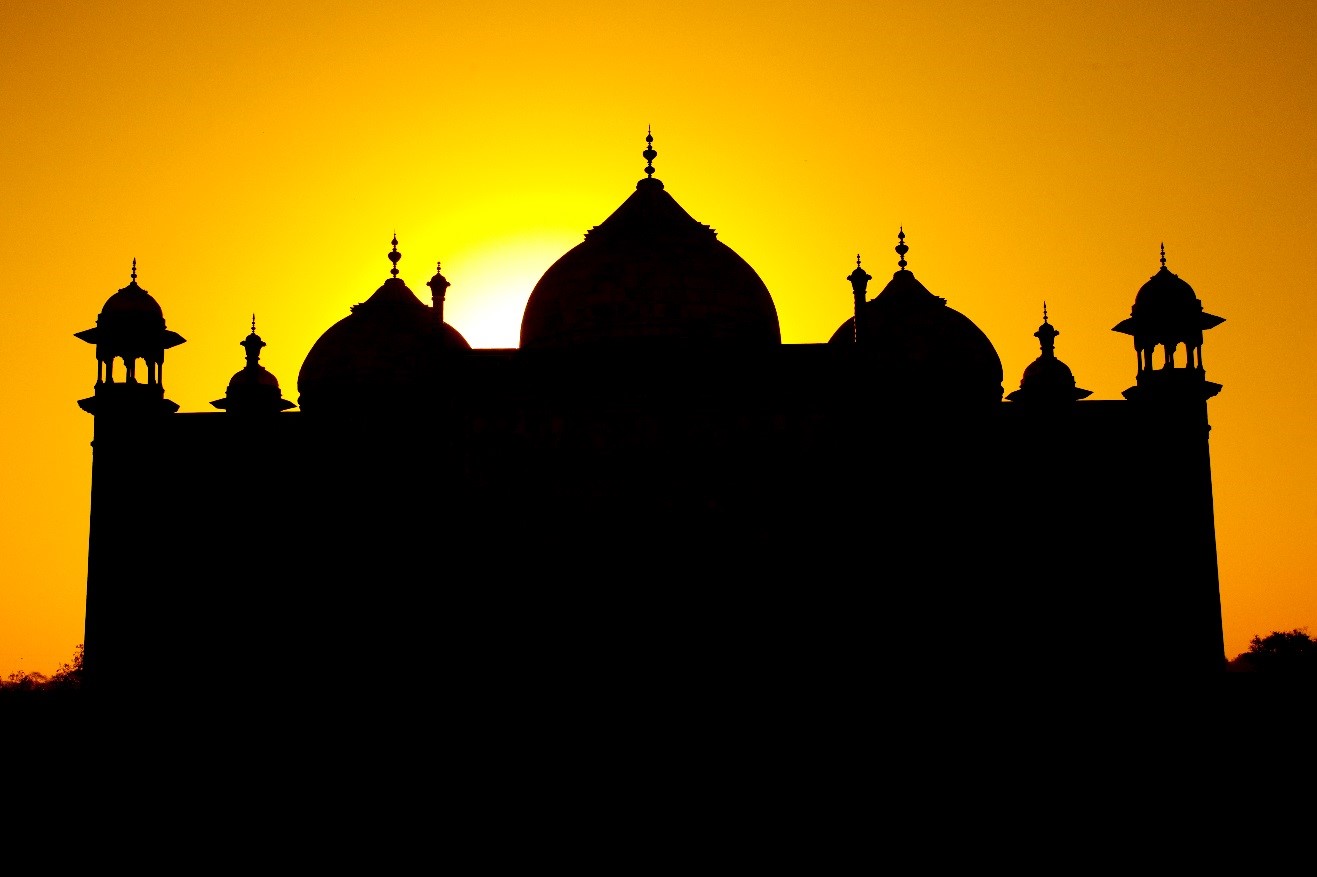
Zoom telephoto
I always tend to pack a quality zoom telephoto on any adventure, especially those with varied wildlife viewing and photo opportunities. With the wildlife of India, including tigers, it’s often hard to predict exactly how far the animal will be as you are photographing it. Thus, the flexibility offered by a zoom instead of a prime lens tends to work best. Lenses I’m talking about here are your 70-200mm, 70-300mm, 100-400mm, and 200-400mm varieties. In my opinion, you’re going to want to have at least one bigger lens, and getting up to 400mm is very helpful. So, it really comes down to whether or not you have and plan to bring a big prime lens like a fixed 400mm or 500mm with you. If so, a 70-200mm is fine in this category of zoom telephotos, but if not, I’d hesitate to embark on the trip without having at least 300mm, and 400mm at the upper end of the range is best.
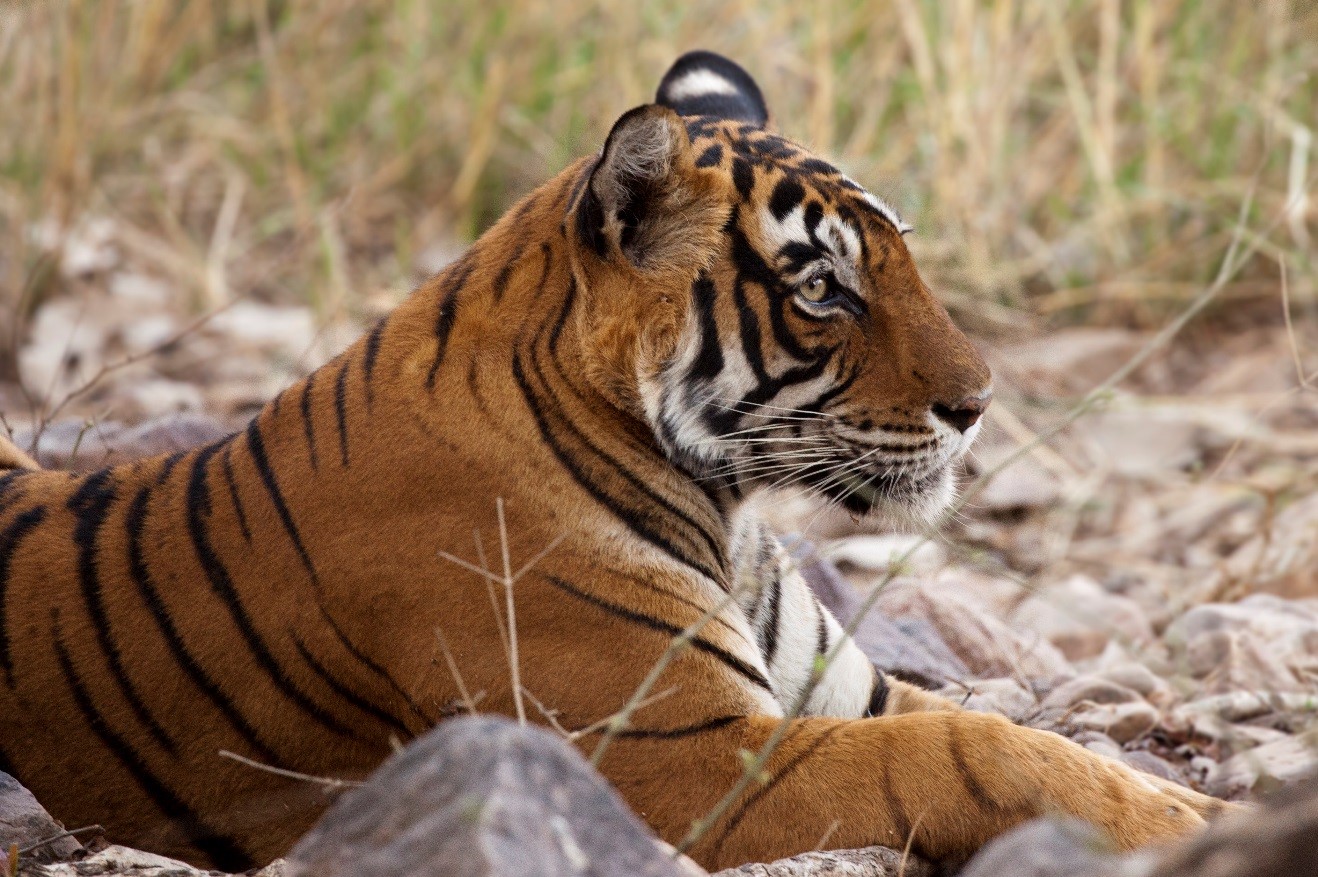
Multi-purpose lenses
These lenses in the 18-300mm, 28-300mm, or 18-135mm variety are popping up all over the place and they are quite useful. They enable you to take a wide landscape shot one moment and a zoomed in wildlife photo the next. However, they typically have drawbacks, which usually emerge as poor photo quality, excessive size and weight, or hefty price tags. I personally do not bring a multi-purpose lens and prefer to switch lenses to ensure quality. One thing you may have to expect is to crop your photo after the fact, in cases where a tiger is more distant than you’d ideally like. Thus, having a quality lens to allow for this post-production cropping is an asset.
Super telephoto
These tend to be quite common on both African wildlife safaris as well as India wildlife safaris. While they’re not critical, they are nice to have. These are your big 400mm f/2.8, 500mm f/4, and 600mm f/4 prime lenses. If you aren’t familiar with them, be sure to be sitting when you look at the price tag, as they’re not cheap. However, if you are insistent on the best photos possible, they are valuable. They pair nicely with a 70-200mm and 24-105mm for your full kit. But again, don’t feel that they are crucial to your enjoyment and photographic efficacy. You can still get great shots with a zoom telephoto as I detailed in the above section.
One more thing to note here is that India is as brushy if not more so than Africa. Thus, having the wide aperture ability of an f/2.8 or f/4 is nice when trying to photograph through the vegetation.
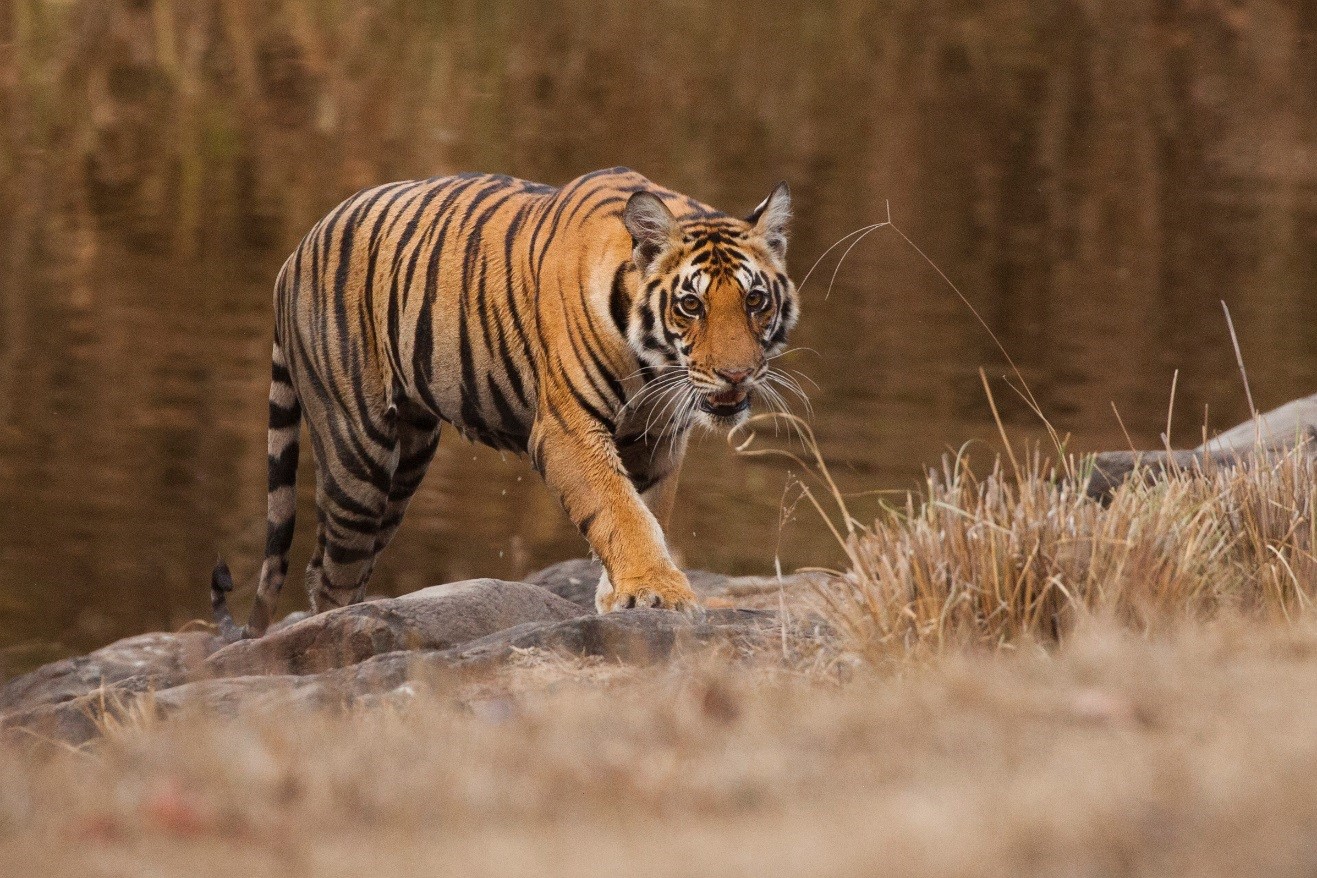
X-factor lenses
To be honest, no x-factor lenses are a “must” on a wildlife trip to India. However, I rarely leave home without my nifty-fifty lens, which is a 50mm f/1.4. In addition, since the culture of India can be equally intriguing from a photographic standpoint, it’s nice to have for low light conditions or to get that great blurred effect to your photos.

Flashes
Not something I’d waste space on, as you won’t be firing a flash with tigers or else an angry mob of fellow photographers will descend upon you. Kidding, but it’s not allowed (nor in most cultural areas) and best to photograph them in the natural light anyways. A flash will produce harsh shadows from branches that will quite frankly will ruin the shot.
Tripods
While the landscapes are beautiful in India, you won’t need a tripod to capture them, as the sunlight should be strong enough so you don’t need a slow shutterspeed. Yes, there will always be times when it’s early morning or late afternoon during game drives and exploration and light gets low, but frankly a tripod in a bouncing safari jeep won’t be very useful. You could plan on taking night photography of your lodges and camps, but to me I’m not sure if I would want to lug a large heavy tripod around just for this. There’s always a rock or chair you can balance your camera on for a couple-second exposure.
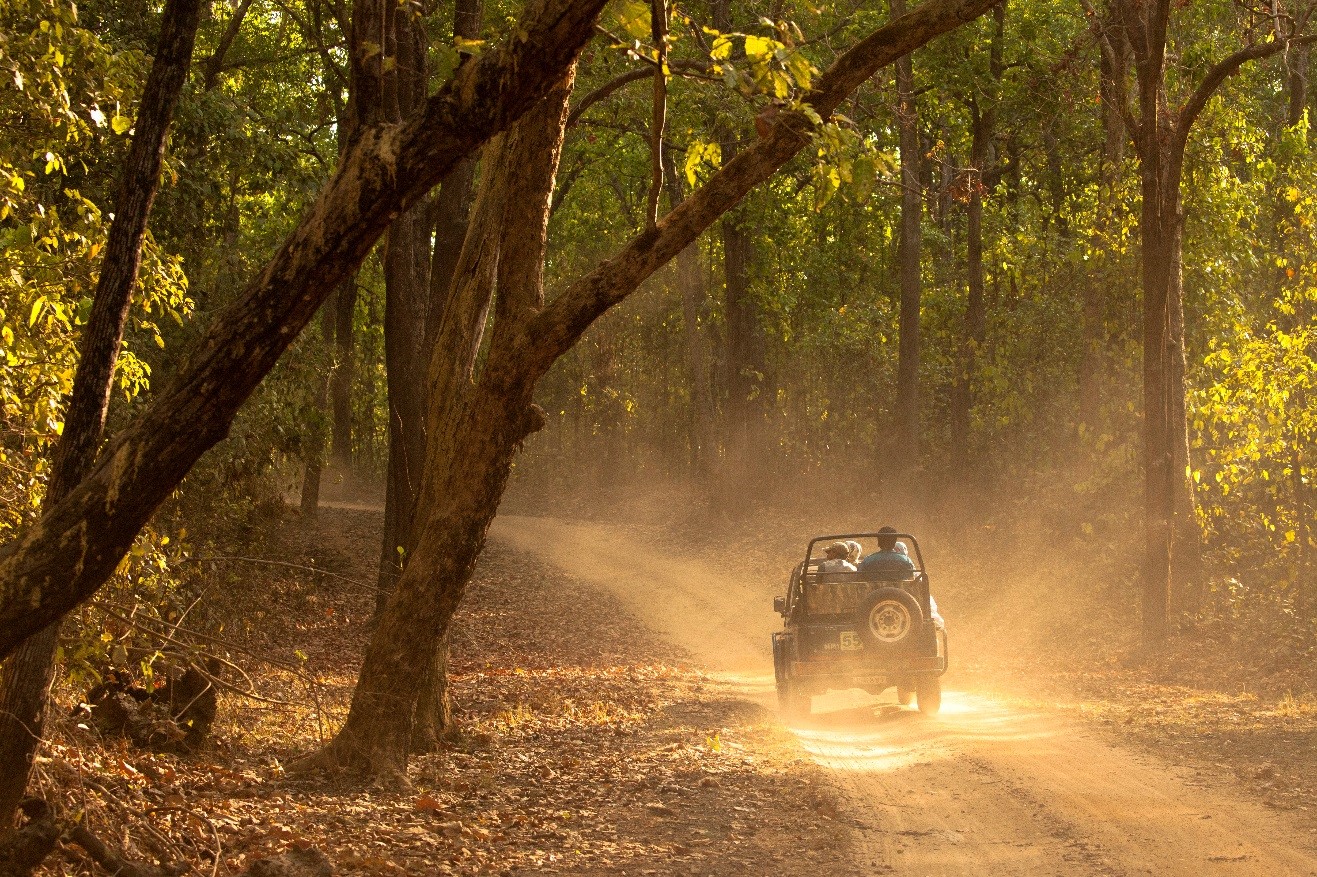
Other accessories
The most important accessory to me is having something to protect your camera and lens from dust. As you get later in the season (and frankly, anytime during the year), things really dry out and the dust is common…especially when you’re driving with a purpose to a reported sighting. But don’t despair, the dust can make for some spectacular photos like the one above.
I’ve found that a simple dry bag like this one does the trick. And as long as other lenses and paraphernalia is tucked away in a bag, they’re safe. It’s just the stuff you want out ready and accessible for that chance sighting, which sometimes can be the best one, like of this sloth bear in Kanha National Park.
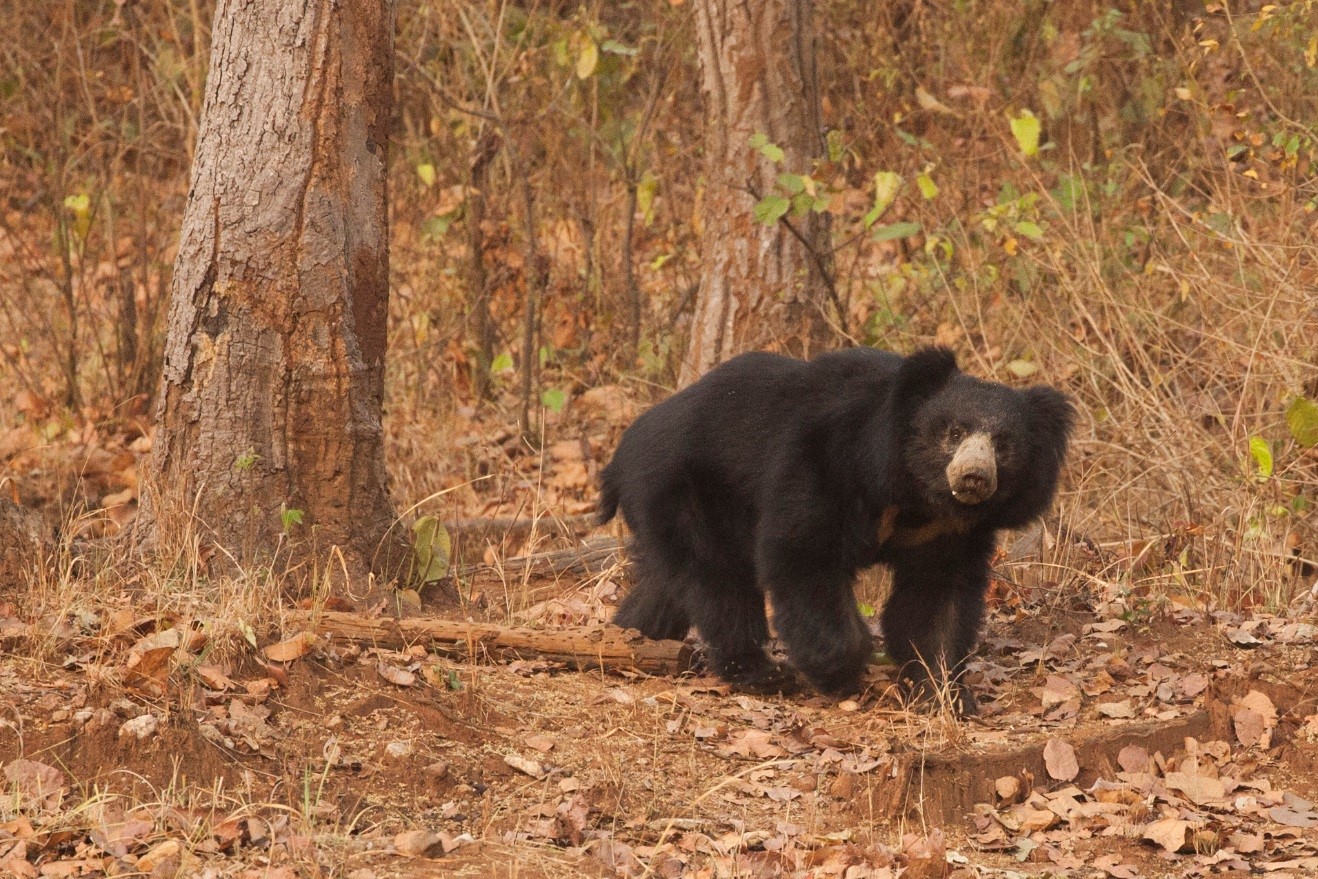
It’s always difficult to define the “ideal kit”, but in my experience it consists of something like a 100-400mm, a 24-105mm, and maybe a 16-35mm for those unique architectural shots when in the bigger cities like Delhi.
If you have thoughts on things you would bring, please leave a comment below. And if you’re headed to India on a Tiger Safari soon, I wish you the most extraordinary of trips!
Go forward and give it a shot,
Court
Leave a reply